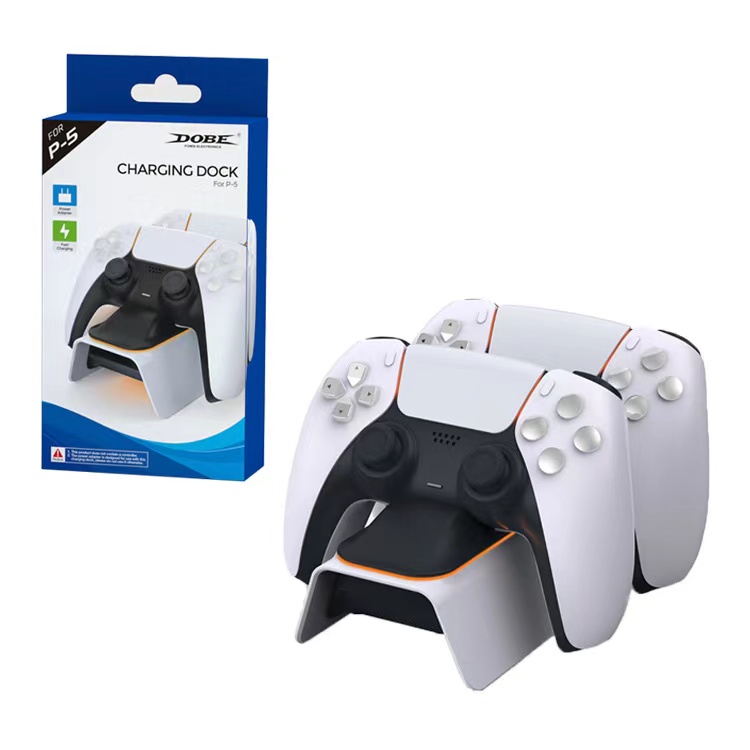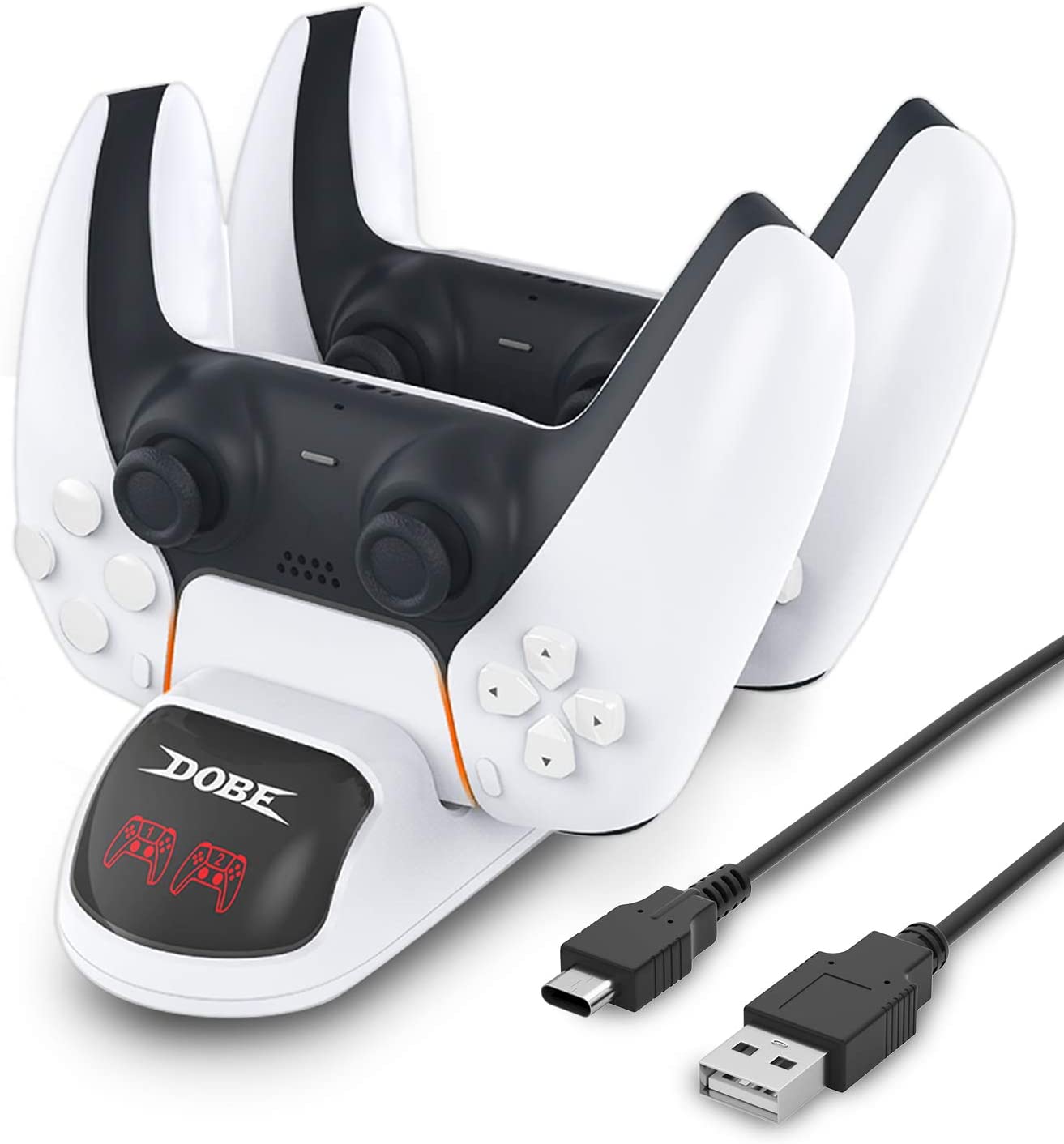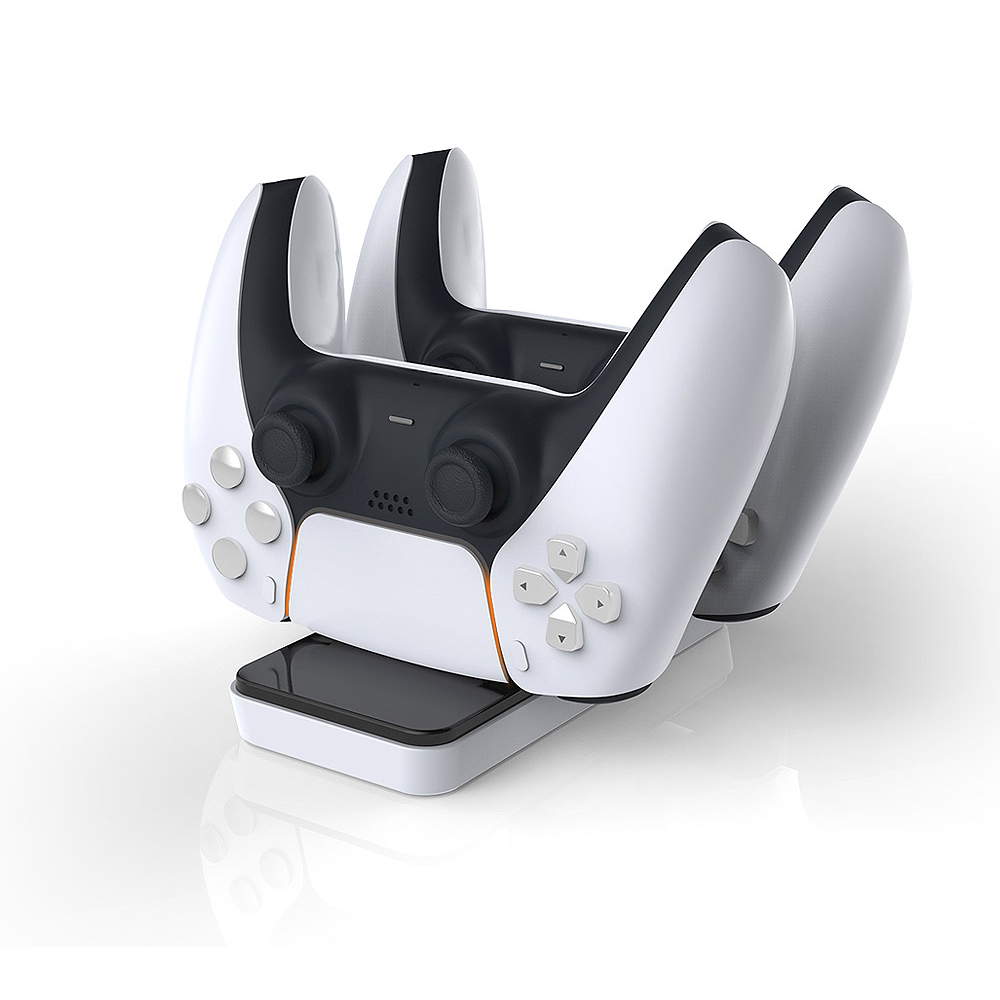The patent war has never stopped. After Seoul Semiconductor launched a patent war to sue 29 companies, Nichia has accused four companies of infringement in the United States, and two LED lighting manufacturers are listed. How big is the lethality of the patent stick? In the face of the increasingly frequent patent wars, how can Chinese companies better cope with this war without smoke?
Event reviewIt is reported that Nichia, a Japanese LED manufacturer, filed four patent infringement lawsuits in the Federal District Court of the Eastern District of the United States on December 27, 2016, accusing the following defendants, including LCD TVs and LED lighting manufacturers:
defendant
⊙American LCD TV Dealer TTE Technology, Inc. And its parent company TCL MulTImedia Technology Holdings Limited, which is a Chinese LCD TV manufacturer;
⊙ American LCD TV manufacturer VIZIO, Inc. ;
LoLowe's Home Center LLC, a US LED lighting and other products retailer, and its affiliate LG Sourcing, Inc. , which is a US distributor;
⊙ US LED lighting equipment manufacturer and distributor Feit Electric Company, Inc. .
In these lawsuits, Nichia made the above-mentioned defendant infringe on US Patent No. 9,490,411 and requested the court to issue an injunction prohibiting the defendant from selling and distributing the infringing products and requesting damages.
Nichia reiterated that the company will spare no effort to seek to protect its patents and other intellectual property rights, and to take legal action against infringers in any country, as appropriate and necessary.
Related casesSeoul Semiconductor issued a tort warning to 29 companies
Recently, South Korea's LED Seoul Semiconductor Co., Ltd. has issued patent infringement warnings to 29 companies around the world for lighting, television and other manufacturers since September 2016. These 29 companies include 15 Chinese companies such as Skyworth, AOT Rongchuang (hereinafter referred to as Rongchuang) and four Chinese Taiwanese companies as well as many European and American companies such as Feit.
As soon as the news came out, it immediately sparked heated discussions in the semiconductor industry. Some experts believe that this Seoul Semiconductor has filed an infringement warning against many Chinese LED companies. On the one hand, it shows that China's semiconductor manufacturing and consumer market has broad prospects for development. Seoul Semiconductor hopes to obtain considerable patent license fees through patent litigation; Chinese LED companies pay more attention to technology research and development and patent protection. Seoul Semiconductor intends to curb competitors and seize market share through patent litigation.
The 337-TA-947 investigation initially ruled that Cree was supported
On August 2, 2016, Career announced that the company had received a preliminary ruling from the US International Trade Commission regarding the investigation of 337-TA-947 (some LED products and their components). The ruling supported Cree on Fett. The electric company and its Asian supplier, Dongbei Optoelectronics Technology Co., Ltd., complained about patent infringement and false advertising. The judgement of the ITC judges showed that the infringement of US Patent No. 8596819 (LED lighting product efficiency), US Patent No. 8628214 (LED lighting product efficiency), US Patent No. 7976187 (all-round LED lighting products), US Patent No. 8766298 (LED) Component structure), Fett and Dongbei were found guilty of violation of Section 337 of the Tariff Act. In addition, Fett and Dongbei affixed the ENERGY STAR label to some products that failed to meet the ENERGY STAR standard or requirements, and the act of publishing false and misleading advertisements was ruled off. The US International Trade Commission is currently expected to make a final decision on the investigation on November 29, 2016.
Dow Corning Review Retains LED Optical Packaging Silicone Patent
In August 2016, Dow Corning announced that the European Patent Office stated that the patent number EP-1556443 will remain valid. This patent is Dow Corning's intellectual property product line, high refractive (RI) phenyl silicon optical encapsulation technology. The package is said to provide better light output performance, improved reliability and the advantages of other high-brightness LED lighting. The decision of the European Patent Office has a significant impact on the position of Dow Corning's intellectual property. The integrity of patents is of strategic importance and Dow Corning has LED production sites around the world such as the US, Japan, Korea and China. Patent No. EP-1556443, issued by the European Patent Office on March 27, 2013, is a significant intellectual property right of Dow Corning. Shortly after the release, the European Patent Office received an objection from two units requesting the cancellation of the patent. However, after review by the European Patent Office, plus some minor amendments, the European Patent Office officially stated on June 21, 2016 that Dow Corning's patent will continue to be effective.
Yan Wei's LED products have not been announced by US companies
On July 11, 2016, the American Lighting Science Group appealed to Weizhou Technology and Weiwei Technology (USA) Co., Ltd. to apply for a temporary injunction to prohibit the infringement of its patents by an LED downlight. Infringing products continue to be imported into the United States, and the continued import of imported products is prohibited. Later, Wei Wei shares confirmed the news. In response to the failure to announce the lawsuit, the company stated that the other party’s alleged patent infringement was not sufficient and that the amount of the products involved in the lawsuit was not large. By the disclosure criteria, the company's judgment will not have a major impact." Previously, on June 15, 2013, Wei Wei shares announced that it had received the documents served by the District Court of New Jersey, USA. The plaintiff, Simon Nicholas Richmond, said that many of the products of Weiwei and its subsidiaries infringed one or more of its patents. Wei Wei said that the lawsuit in 2013 had a first-instance judgment in 2016, and the other party was sentenced to invalidate the patent, but insisted on appeal. This situation is somewhat similar to 2013. Although the other party's alleged patent infringement is not sufficient, if the defense is not supported by the court, the company will seek reconciliation, change the product's process or develop similar new products.
influencesHow big is the patent stick?
Prior to the intention of Seoul Semiconductor to issue a patent litigation warning, Gu Xingbo, the intellectual property department of Huaxing Optoelectronics Technology Co., Ltd., analyzed that the patent infringement warning was a means to realize the patent operation strategy and obtain the patent value. Seoul Semiconductor has issued a warning of infringement lawsuits. On the one hand, it hopes to restrict competitors from entering the LED market and obtain high monopoly interests. On the other hand, it hopes to coerce the respondent to sign a patent license agreement, collect patent license fees or purchase patents. assets. If Seoul Semiconductor finally filed a patent infringement lawsuit and won the case, even if the respondent could not reach a settlement agreement, it may obtain the patent infringement compensation awarded by the court.
Gu Yubo believes that in recent years, the global semiconductor industry has slowed down, and only the Chinese semiconductor industry has maintained rapid growth. China is not only the world's largest electronics manufacturing base, but has become the main market for global semiconductor consumption. Especially in the context of the emergence of new technologies such as cloud computing, artificial intelligence, and smart driving, the demand for big data processing will increase dramatically. The rapid growth of semiconductor consumer demand. Gu Yubo pointed out that from the perspective of global LED technology development, the United States, Europe, Japan and South Korea are more advanced in technology. Chinese companies have entered the LED market for a shorter period of time. The basic patents are relatively weak, lacking overall layout, and there is still a gap between the international semiconductor giants. . Seoul Semiconductor’s patent infringement warning against Chinese companies has captured the shortcomings of Chinese companies and sought to realize its patent value with the most economical and efficient strategy.
Moreover, it is more than Seoul Semiconductor. As Chinese companies accelerate the pace of “going outâ€, some patent companies and industry giants are waving “patent sticks†to try to curb the rise of Chinese companies in foreign markets. For those Chinese innovative companies that are interested in making a difference in foreign markets, they must face up and overcome the “patent wall†that hinders them from moving forward.
Patent stick is big and lethal
1. The ban and exclusion order are risky. Once the ban is issued, the company's research and development, manufacturing, publicity, channels and marketing may be “stopped†at any time, and the reputation loss is even more difficult to estimate;
2. The amount of compensation is extremely high. Once a lawsuit is lost, the profits created by thousands of people in one year will be lost;
3. In addition to the high legal fees, there is also a need for special personnel to deal with these lawsuits within the enterprise. This is costly and costly to the customer.
4. The biggest problem with patent litigation is its uncertainty. It is difficult to determine whether to win or lose, or to definitely lose;
5, the price of the loser is not only to lose money, but more serious is delisting.
In fact, patent litigation is likely to become a killer-level competitive tool. There is still no patent litigation between domestic large enterprises to win more because China is still in the process of transition from traditional labor-intensive manufacturing with cost control as its core competitiveness to innovative manufacturing, even market-oriented development. A lot of Taiwanese manufacturing industries are still at the stage of foundry. It can be foreseen that after completing the leap from costing to designing, the next stage of Chinese local enterprises is very likely to enter the technical competition of patent litigation.
responseInstead of sitting still, it’s better to defend
The accumulation of intellectual property rights is the basis for enterprises to participate in global competition. Especially when developing high-end markets in Europe and America, strong intellectual property strength is the admission ticket. With the development of knowledge economy and globalization, intellectual property has gradually become an important embodiment of corporate competitive advantage. Vigorously promoting independent innovation is a fundamental measure to enhance the strength of intellectual property. For domestic LED companies, the most important, most effective but also the most stupid way is to strengthen R&D innovation. Because whether it is a patent acquisition or an industrial alliance, it is based on the mutual benefit of both parties or parties, and it cannot be completely independent and controllable. Only the development of this route can be controlled autonomously, and how much is invested, based on oneself. However, the investment in R&D is not immediate, and the return period is long, which is a test for the long-term strategic deployment of enterprises.
Although Chinese companies have made rapid progress in the international market in recent years, on the whole, Chinese companies are still in a weak position in the patent field. There is still a gap between the understanding and application of international competition rules and international giants. At this stage, Chinese companies While vigorously promoting independent innovation and attaching great importance to intellectual property rights, we should also "carry the group" to jointly address patent challenges.
Gu Xingbo, the intellectual property department of Huaxing Optoelectronics Technology Co., Ltd., suggested that Chinese companies should take timely measures in case of patent litigation, and they can jointly form a response team to counter the risk of patent litigation, which will help reduce the cost of patent litigation and increase patent litigation. Efficiency, enhance the right to speak in patent licensing negotiations.
This PS5 docking station have several design, some come with AC adapter with UL certificates, some soem with Type-C adapter,all docking are hiqg quality with CE FCC RoHS.
Features:
Charge two (2) PS5 DualSense Controllers simultaneously.
Built-in intelligent IC protection provides overheat, overcharge, overcurrent, and short circuit protections so you can charge your PS5 DualSense Controller with a total peace of mind.
Can be powered the USB port from either the PS5 console or AC adapter
Lightweight and compact design for easy placement.
USB-C dongle for place and charge function, which is easy to be inserted in or pulled out from charger station.
Low standby power consumption, power-saving and environmental protection.
- [Fast Charging]5V/2A input fast Type-C charging ports for two PS5 DualSense controllers simultaneously. Please note: Only if the input power source is at least 5V/2A, the controllers can be fully charged under 4 hours.
- [Onboard Chip Protection]Charging station comes with the built-in protector chip, which provides over-charge,over-voltage, over-temperature, short-circuit protection.
-
[LED Charging Display]When charging , it has LED indicator to show the charging status.



Ps5 Charging Dock,Ps5 Charging Dock Station,Portable Ps5 Charging Station,Ps5 Charging Dock Stand
Shenzhen GEME electronics Co,.Ltd , https://www.gemesz.com